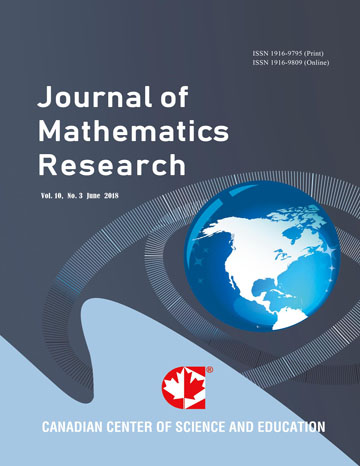Application of Coordinate Resistance Functions on Predicting of Critical Impact Energy of Projectile for Perforation Phenomenon on Concrete Structure
- Ahmad Mujahid Ahmad Zaidi
Abstract
Great demand exist for more efficient design to protect personals and critical components against impact by kinetic
missiles, generated both accidentally and deliberately, in various impact and blast scenarios in both civilian and military
activities. In many cases, projectiles can be treated as rigid bodies when their damage and erosion are not severe. Due
to the intricacy of the local impact damages, investigations are generally based on experimental data. Conclusions of
the experimental observations are then used to guide engineering models. Local damages studies normally fall into three categories, i.e. empirical formulae based on data fitting, idealised analytical models based on physic laws and numerical simulations based on computational mechanics and material models. Perforation phenomenon is one of the local damage that has been investigated in the present study. It is describe as the complete passage of the projectile through the material
with or without residual velocity is among the local damage threat in concrete structure. The relative of target thickness
(H/d) to those critical energies are an important quantities that been explored in this study. The numerical simulation model
has been developed using coordinate resistance function method for predict the perforation process. The target structures is
described based on coordinate system in a mesh-less way, which impose penetration resistance on the projectile through
resistance function based on dynamic cavity expansion theory. The penetration resistance on the surface of the rigid
projectile is a function of the instantaneous velocity of that surface, which can be determined by the rigid body motion
of the projectile. Standard finite element method is introduced to model the rigid body motion of the projectile and
is coupled with the coordinate resistance in a mesh-less target by exchanging the velocities and stresses through user-interfaces. Predictions of the critical impact energies during perforation process are compared with semi-empirical model
and corresponding experimental data. Encouraging predictions are observed when the model was validated with the
existing experimental data.
- Full Text:
 PDF
PDF
- DOI:10.5539/jmr.v1n2p13
Index
- Academic Journals Database
- ACNP
- Aerospace Database
- BASE (Bielefeld Academic Search Engine)
- Civil Engineering Abstracts
- CNKI Scholar
- COPAC
- DTU Library
- EconPapers
- Elektronische Zeitschriftenbibliothek (EZB)
- EuroPub Database
- Google Scholar
- Harvard Library
- IDEAS
- Infotrieve
- JournalTOCs
- LOCKSS
- MathGuide
- MathSciNet
- MIAR
- PKP Open Archives Harvester
- Publons
- RePEc
- ResearchGate
- Scilit
- SHERPA/RoMEO
- SocioRePEc
- Standard Periodical Directory
- Technische Informationsbibliothek (TIB)
- The Keepers Registry
- UCR Library
- Universe Digital Library
- WorldCat
Contact
- Sophia WangEditorial Assistant
- jmr@ccsenet.org
